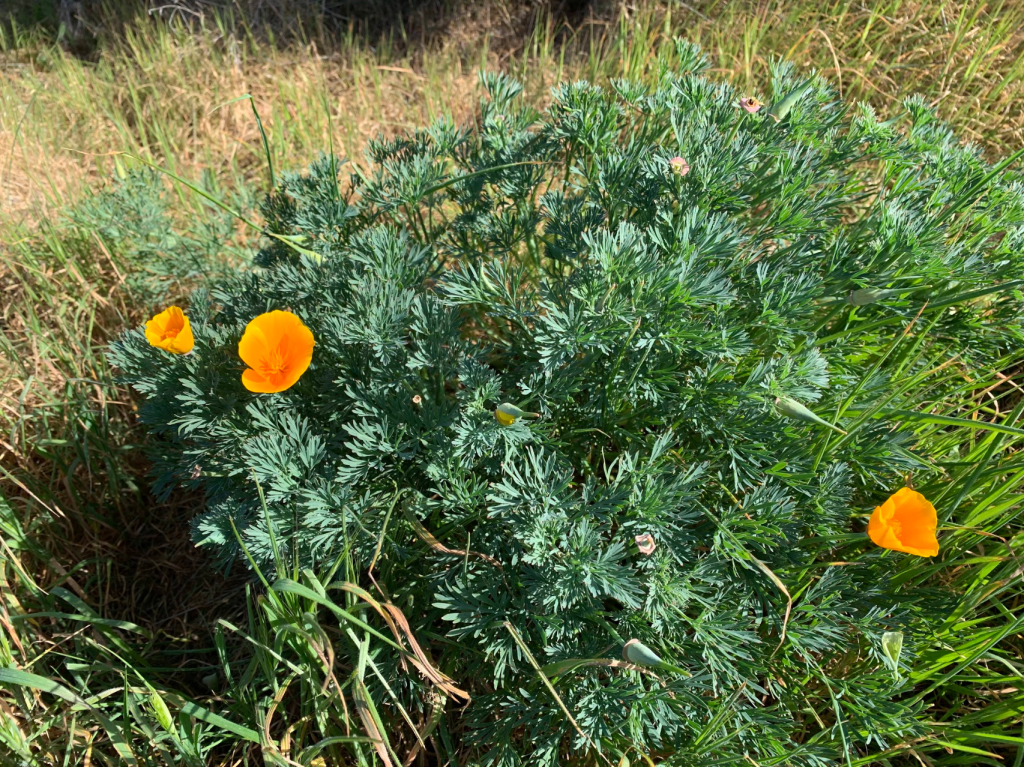Citizen science: scientific research conducted, in whole or in part, by amateur scientists. The saying that many hands make light work is at the core of citizen science. With many people helping to collect data, we are able to learn more about our environment. Being able to take part in citizen science was eye opening to me by being able to see just how much fun and enjoyable such an important job can be.
After my teammates and I ventured out to the bay, I can firmly say that my theory that field trips are one of the best parts of a class still holds true for me. There is just something about being out in nature after being cooped up in a classroom that is freeing and makes individuals more engaged in the topic that they are learning about.

For our Save the Bay adventure my teammates and I were given the task to collect information on the dirt from both the restored and unrestored sides of the bay. With our job thoroughly explained, we set out to get dirty in the name of science. The class was split into four groups in order to maximise our productivity in collecting the data. I may be a little biased, but team four was obviously the best team out there on that day.

Our job went as follows:
First, we would take the GPS coordinate location of the spot of dirt we were analysing in order to make comparing the data throughout the years easier. Then, we tested the amount of water that was in the dirt by using the two-pronged machine that was provided. After that test, we moved on to gather the pH of the dirt. We also had to evaluate the salinity of the dirt. In order to test for the salinity, we had to use a large prong that would test for the conductivity of the dirt. I found that testing for the conductivity of the dirt was a rather clever way of testing for the salinity being that if the soil is went, then the sault will help conduct the electrical impulse. Finally, we had to test for soil type. In order to do so, we needed to get our hands in the dirt and play around to feel the texture of the dirt. Each team gathered the data for each category at five different spots ranging from right next to the water and all the way up to the levy.
After testing the dirt, we then tested for biodiversity at each of the test sites. Using a quadrat, which is basically a giant mobile grid, we would look and count the amount of different plant species that fell within the grid. I found testing for biodiversity to be very interesting because it got to learn about all the different species of plants along the bay front.

On our trip, I found myself making connections to the topics that we have learned in class. Starting right off the bat, we had to make a hypothesis as to how the different tests would change the further we went up from the waterfront. I made a connection to the scientific method that we learned in the very first season of AP Biology. Also, when we were testing for pH values, I also made a connection to the first semester of AP Biology. When testing for pH, one measures the relative amount of free hydrogen and hydroxyl ions.
Overall, I highly recommend that next year’s AP Biology team goes on the Save the Bay field trip. I had so much fun being in the field and actually getting to run tests myself. Also, being able to see all the different wildlife that was there was very fun as well. Overall, I thourouly enjoyed my time at Save the Bay.

Great blog post! I loved how you explained in detail exactly how we collected the data. This is very helpful, especially for people who did not go on the trip. The only improvement I have would be to comment a little bit on the pictures you used, just so that everyone can know more about them! Awesome job!
LikeLiked by 1 person
Hi Callie! I loved reading your blog post. You maintained a very good voice, such as by making jokes throughout the post, which made your writing more engaging. I like your use of the saying, “many hands make light work” since it concisely and clearly described the idea behind citizen science. For improvements, I found a few typos such as for the words salt and wet, so maybe in the future you could proofread one extra time. Overall, your blog post was interesting, clear, and informative.
LikeLiked by 1 person
I really enjoyed this post about your field trip to save the bay. Your descriptive words helped me visualize all that you were doing each step of the way. You might have added a few photos of the equipment you used or of of you using them. It was a great follow up post to your last one about anticipating going on your field trip; “learning outside the classroom”
LikeLiked by 1 person